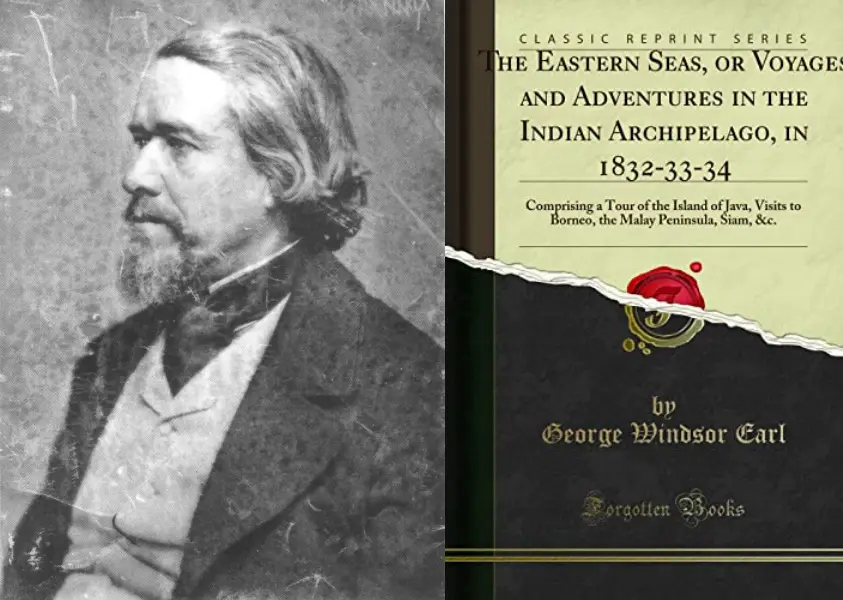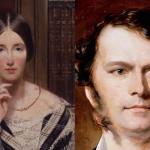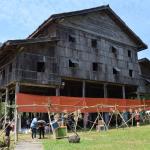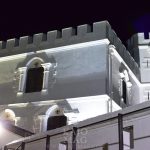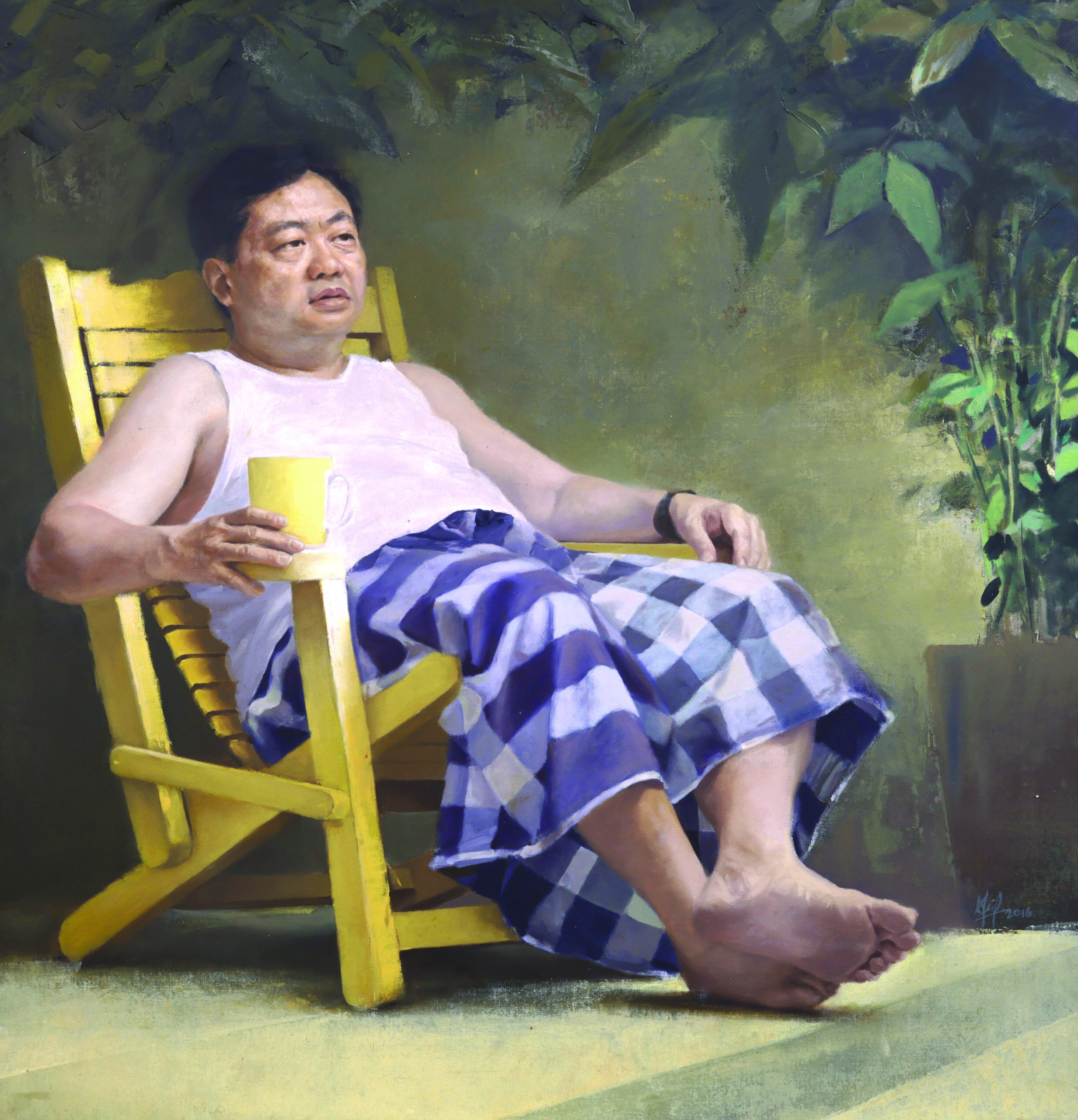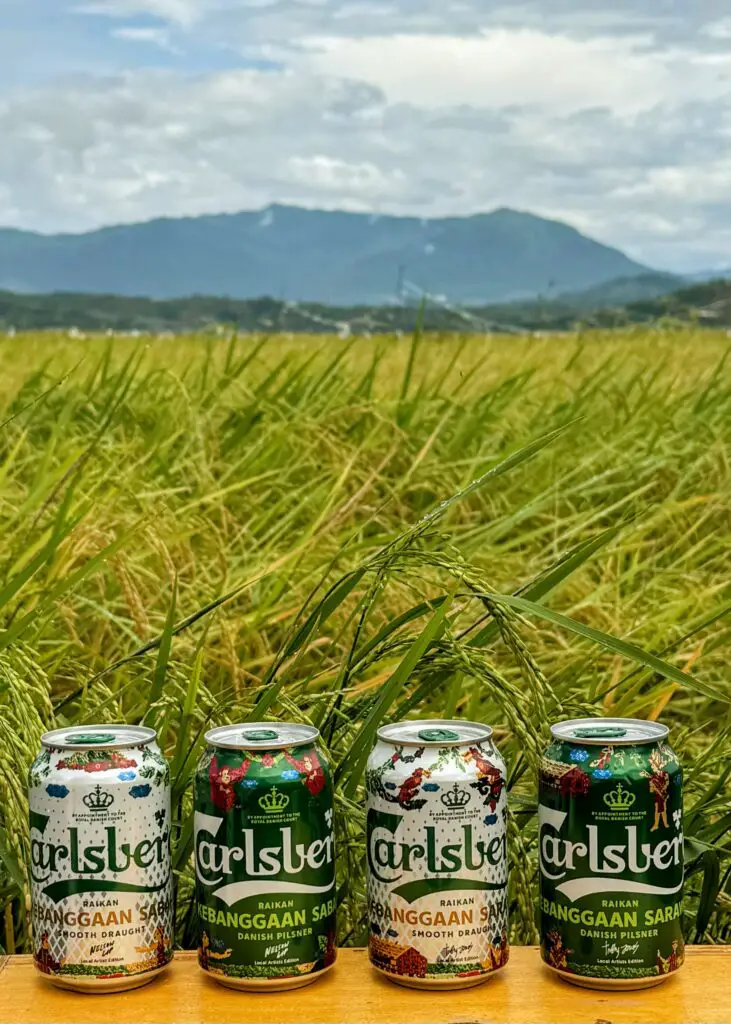For an idea of how Borneo looked like before the Brookes, have a read of The Eastern Seas written by George Windsor Earl.
An English navigator, Earl was the first one to provide a European account of north-west Borneo’s Chinese gold miners and the incredible wealth of Borneo which included gold, diamonds and other native resources like camphor and ebony.
His voyages took him around the world including India, Southeast Asia, Papua New Guinea and Australia.
Many were inspired by his expedition and followed suit including James Brooke himself, who eventually founded the Kingdom of Sarawak and ruled the country from 1841 until his death in 1868.

Getting to know the author of The Eastern Seas
Born on Feb 10, 1813 in Hampstead, London, Earl was very much influenced by the world of navigation from early on. His father, Percy was a sea captain working for the East India Company. He started his nautical career by travelling to India after becoming a midshipman at age 14.
Earl was already on his journey from Western Australia bound for Java by the year 1832. Over the next two years, until about Nov 1834, he journeyed through the area he knew as “the Eastern Seas.”
Subsequently in 1835, Earl returned to London to publish his account in a book he later named The Eastern Seas or Voyages and Adventures in the Indian Archipelago in 1832-1834.
It comprised a tour of Java, Borneo, Malay Peninsular, Thailand and Singapore and observations on the commercial resources of the archipelago.
The Eastern Seas is culturally important. Interested readers can read it online through various archives.

George Windsor Earl’s work inspired many
Apart from Brooke, Earl also inspired other established naturalists and explorers.
In 1845, Earl published a pamphlet On the Physical Geography of South-Eastern Asia and Australia.
He described how shallow seas connected islands on the west for example Sumatra and Java with the Asian continent.
Furthermore, Earl found the islands on the east such as New Guinea were related to the Australian continent and reportedly had the same type of marsupials.
British naturalist Alfred Russel Wallace used Earl’s deductions to propose the faunal boundary line now known as the Wallace Line.
Charles Darwin also reportedly used Earl’s observation on deep sea channels to study the bio-geographic distribution of the region.
Another of Earl’s works ‘The Native Races of the Indian Archipelago: Papuans’, was an important work of early New Guinea anthropology.
However, he did not actually visit the island or maybe he never officially recorded his visit.
He compiled the first hand accounts of other visitors for his works on the Papuan people.
In 1850, Earl proposed the term Indunesians or Malayunesians for the people living in the Indian Archipelago or Malayan Archipelago.
Earl’s student, James Richardson Logan later popularised the name Indonesia as synonym for Indian Archipelago.
But it was only after 1900 that the term Indonesia became more commonly used.
George Windsor Earl’s death
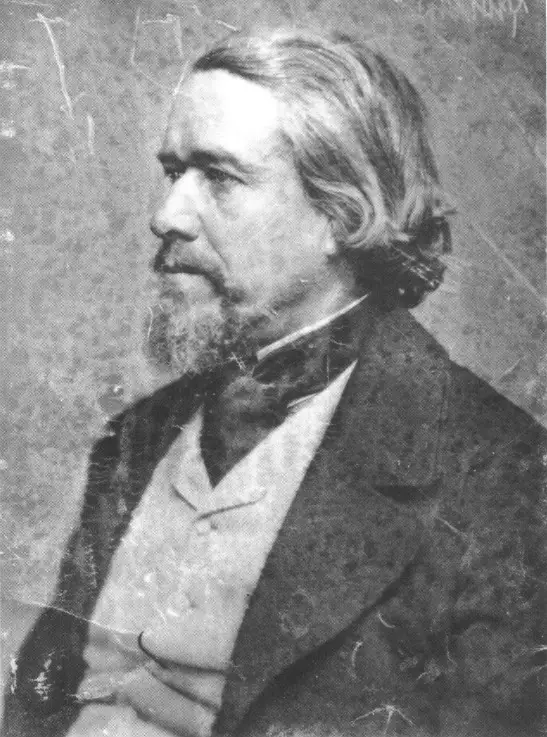
From 1855, he held various official administrative posts, his last one being Penang.
Earl died on his journey back to England in 1865. He was buried at the Old Protestant Cemetery, George Town in Penang.
Read more:
Toshinari Maeda, The Japanese Nobleman Who Died off the Coast of Bintulu During WWII

